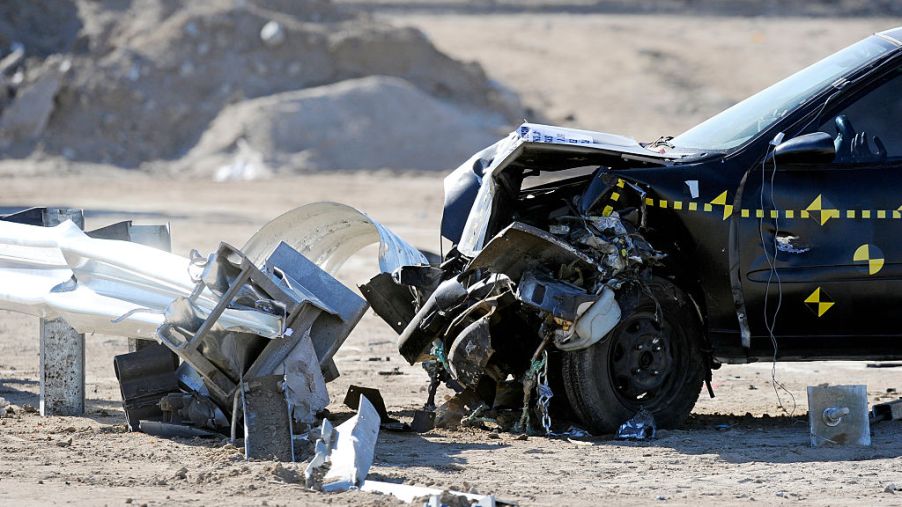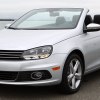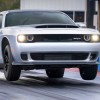
Are Bigger Cars Safer Than Smaller Cars?
If you don’t pass the speed limit or drive aggressively, getting behind the wheel of a car is relatively safe. However, not all drivers behave well, and accidents still happen. Certain weather conditions, like heavy rain or snow, can also catch drivers off guard.
Many people argue that a car’s size is the biggest factor when it comes to safety. Bigger vehicles like SUVs and pickup trucks have always been viewed as safer than smaller cars. However, with all the studies that have occurred over the last few decades, is this still the case today?
The case for bigger cars
While some larger cars don’t have great reliability ratings, their size makes them more equipped to deal with head-on collisions. Smaller cars can be lighter and easier to drive, but the decreased weight means there’s more potential for serious damage and driver injury.
If a Ford F-150 and a Chevy Cobalt collide, the F-150 would sustain the least amount of damage because it has a longer hood and can absorb more force from the impact. Larger vehicles are more at risk for rollover accidents than smaller cars, but these crashes aren’t as common.
What studies show
This is supported by data collected by the Insurance Institute for Highway Safety (IIHS). When trying to decide which car is the safest, most buyers look at scores assigned by the National Highway Traffic Safety Administration or J.D. Power. However, these scores don’t account for the different sizes of the vehicles, so they’re not exactly accurate in determining the overall safety of a car.
According to the 2015 IIHS study, 46 deaths were reported in annual crashes from small cars and 38 in midsize cars. In contrast, pickup trucks only had 27 fatalities in smaller models and 39 in larger trims. The SUV class did the best in this study. Only 18 deaths were reported in crashes involving midsize SUVs and 14 in larger models.
The most important factor
One of the big reasons why people believe larger cars are safer is because they’re built with stronger materials. But this isn’t always the case. The real reason why modern cars (even small ones) are safer than ever is because of mandated safety functions. Even if you buy a car with the greatest height and weight, it won’t be able to protect you in a crash without the bare minimum of safety features, like ABS and airbags.
Some older cars lacked any safety features at all, even large ones, which resulted in more serious injuries. This is an important thing to consider if you want to buy a used car. It should include airbags, electronic stability control, traction control, and braking assistance at the very least to be considered safe.
This could contribute to why SUVs performed well in the driver fatality study. Most modern SUVs come with safety features like adaptive cruise control, blind-spot monitors, rear parking sensors, automatic emergency braking, forward collision warning, and lane-keeping assistance.
For drivers who have smaller families or don’t want to spend as much money on gas, a bigger vehicle just isn’t practical. When buying a car, pay less attention to the size, and consider the included safety options instead. Thanks to all the latest driver assistance features, smaller cars are now much safer, so you don’t have to sacrifice comfort for fear of getting injured in a crash.



